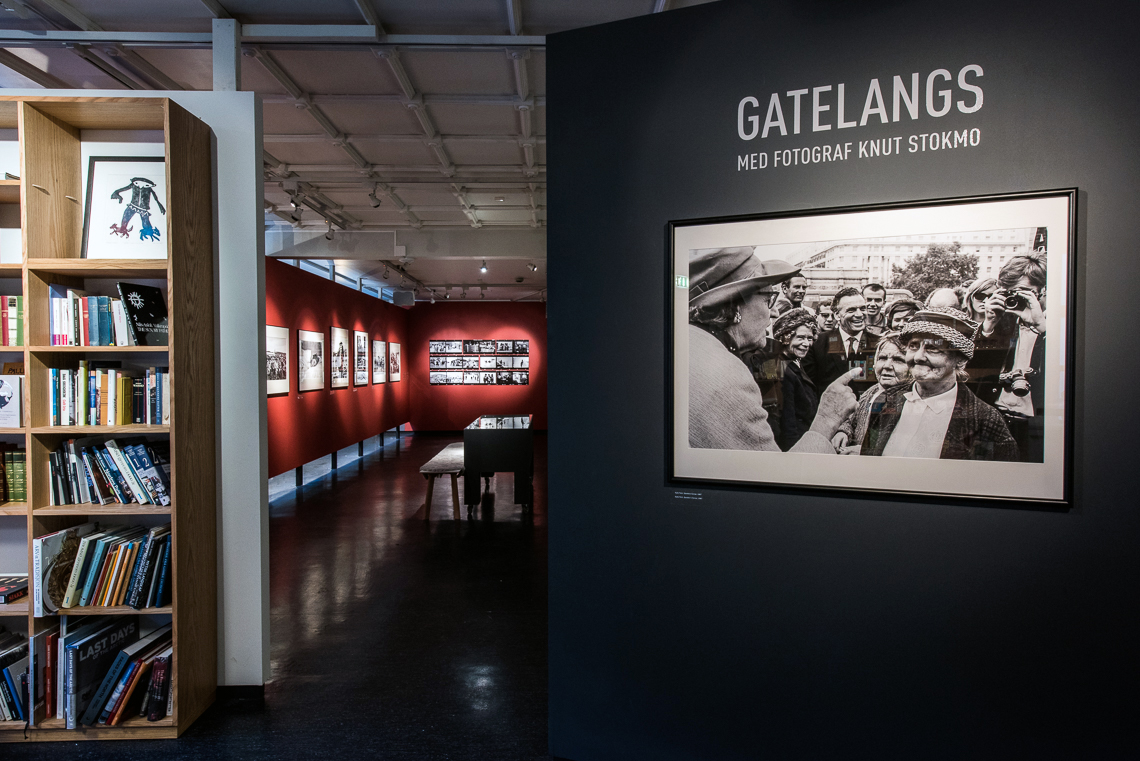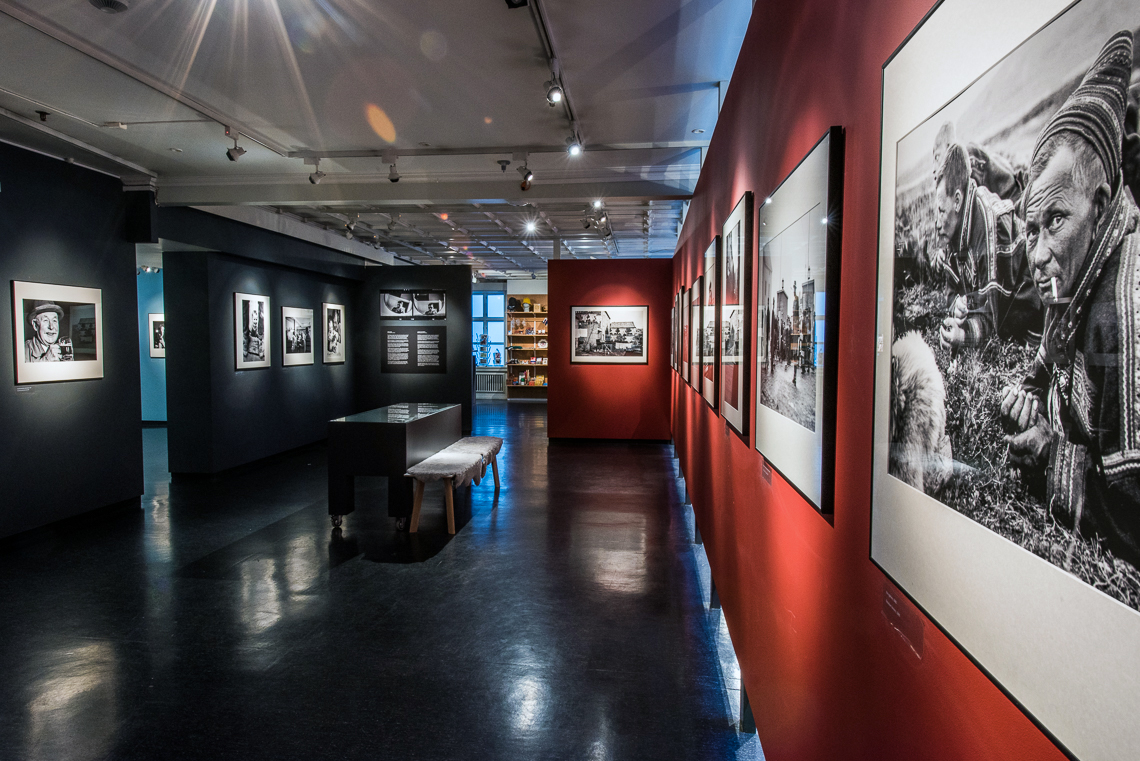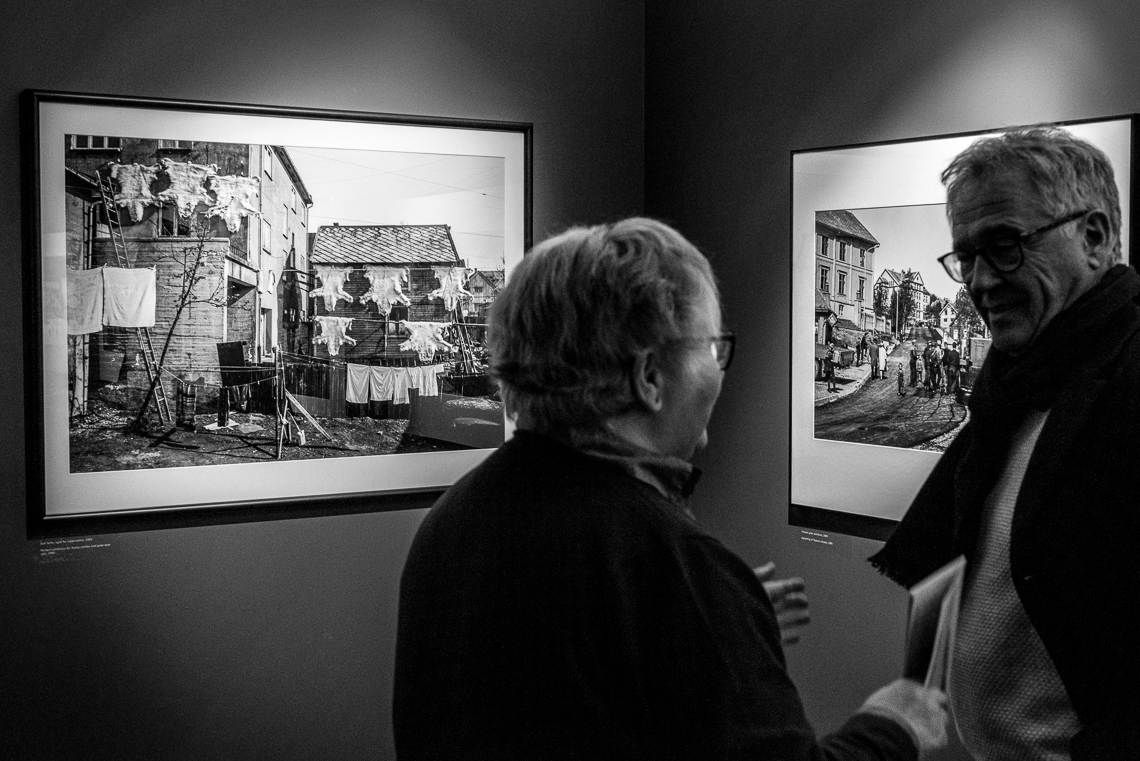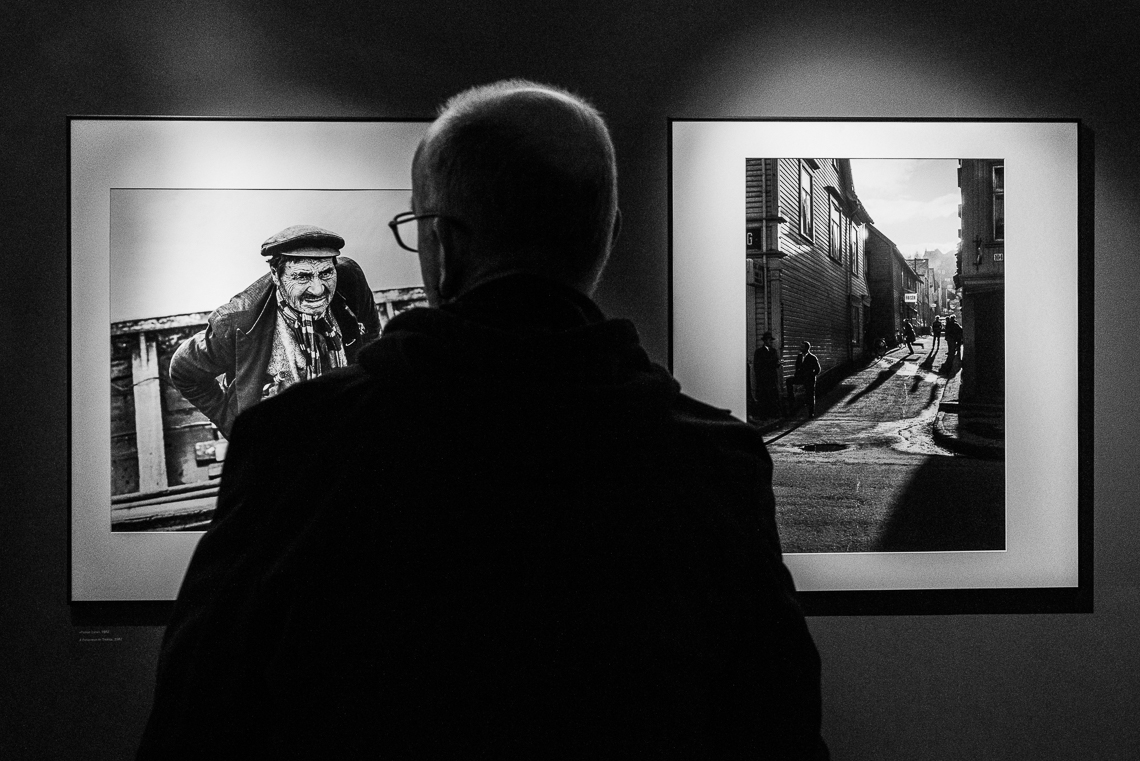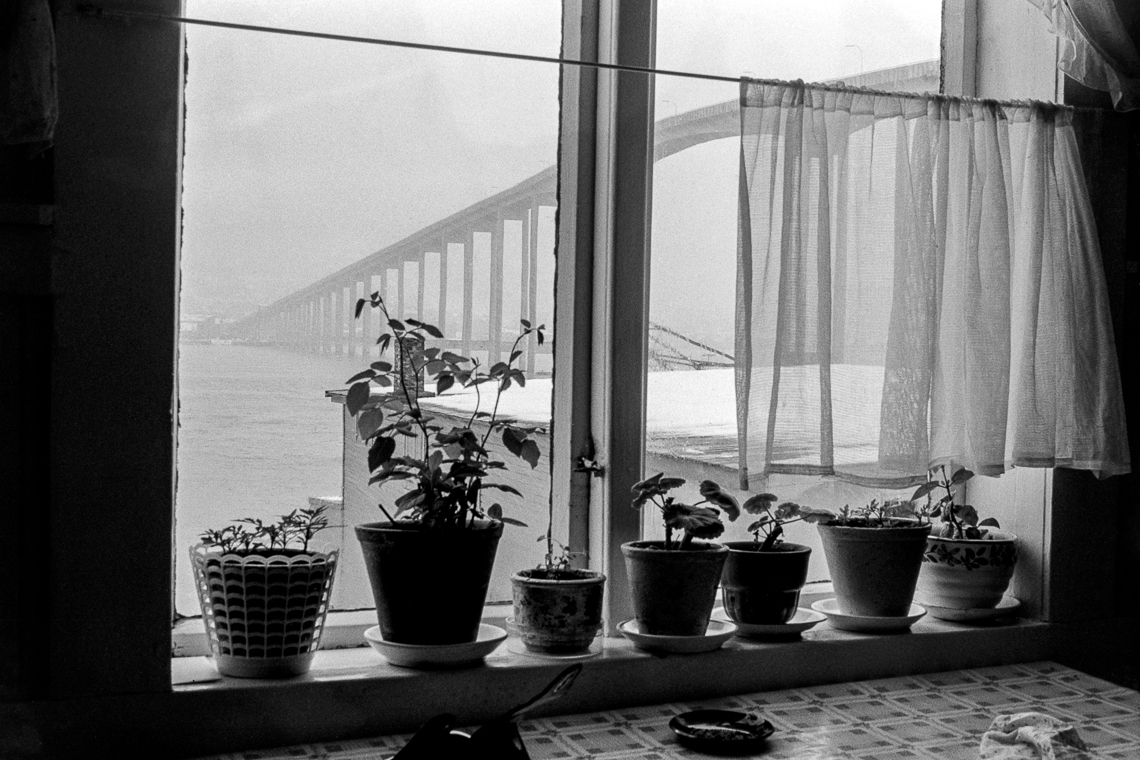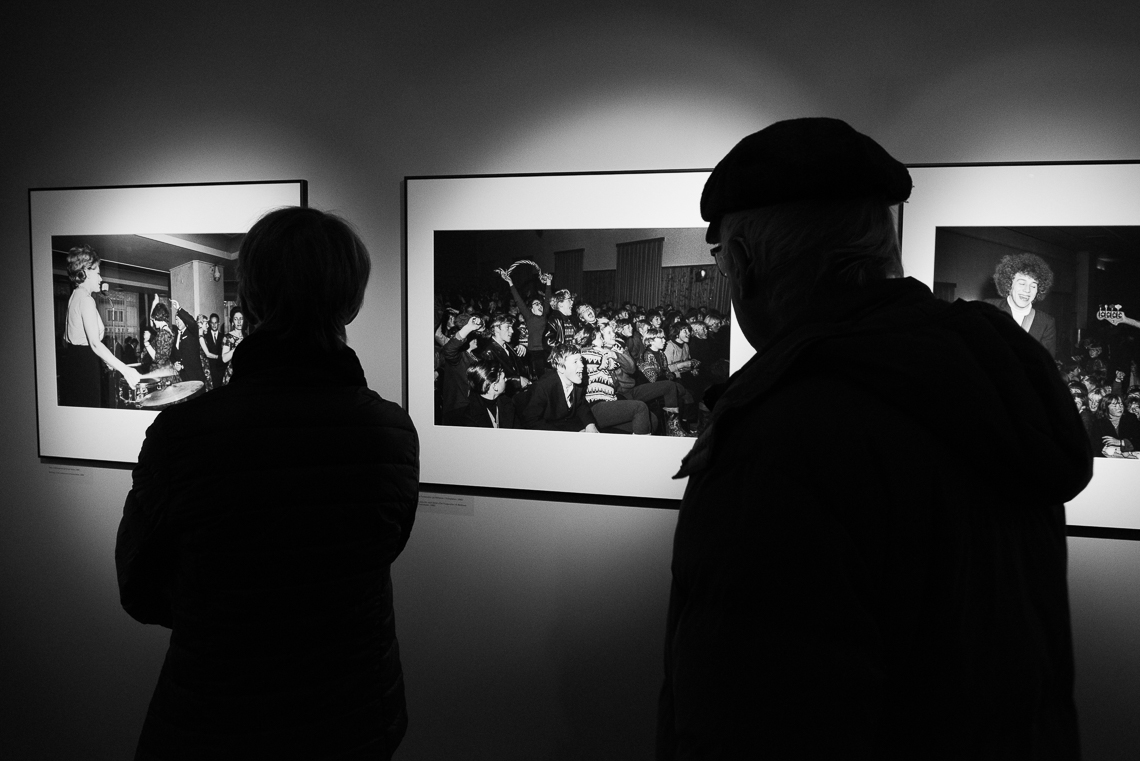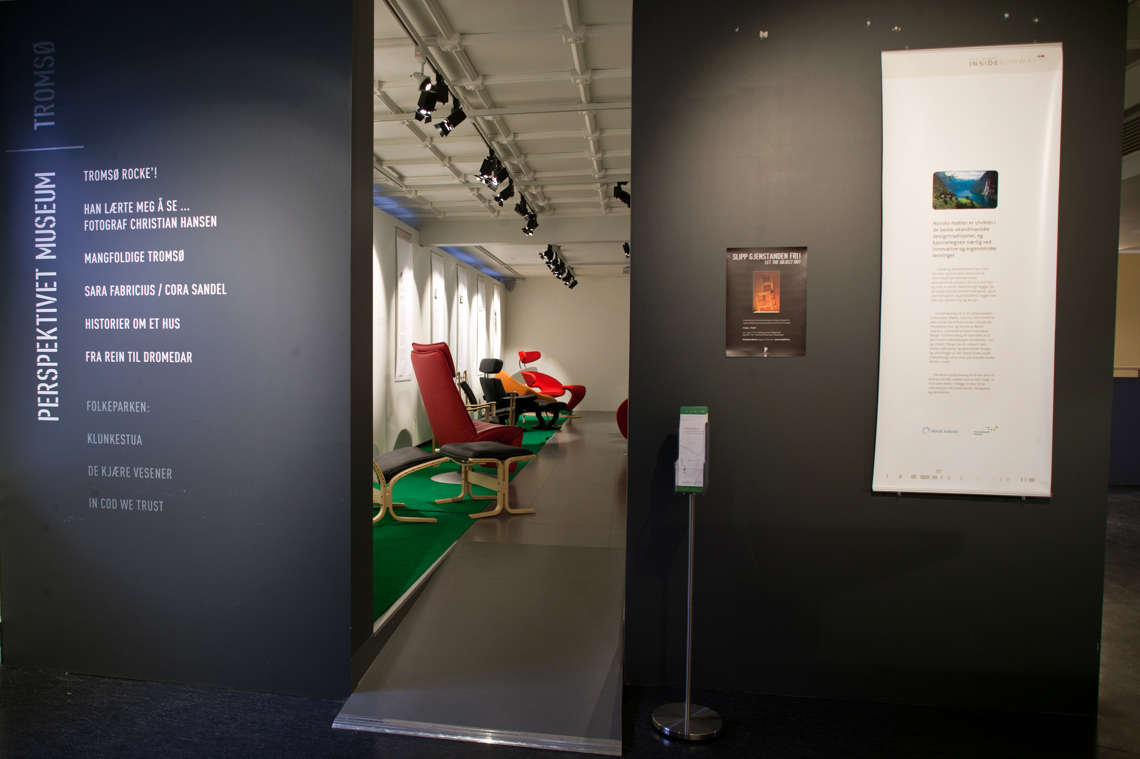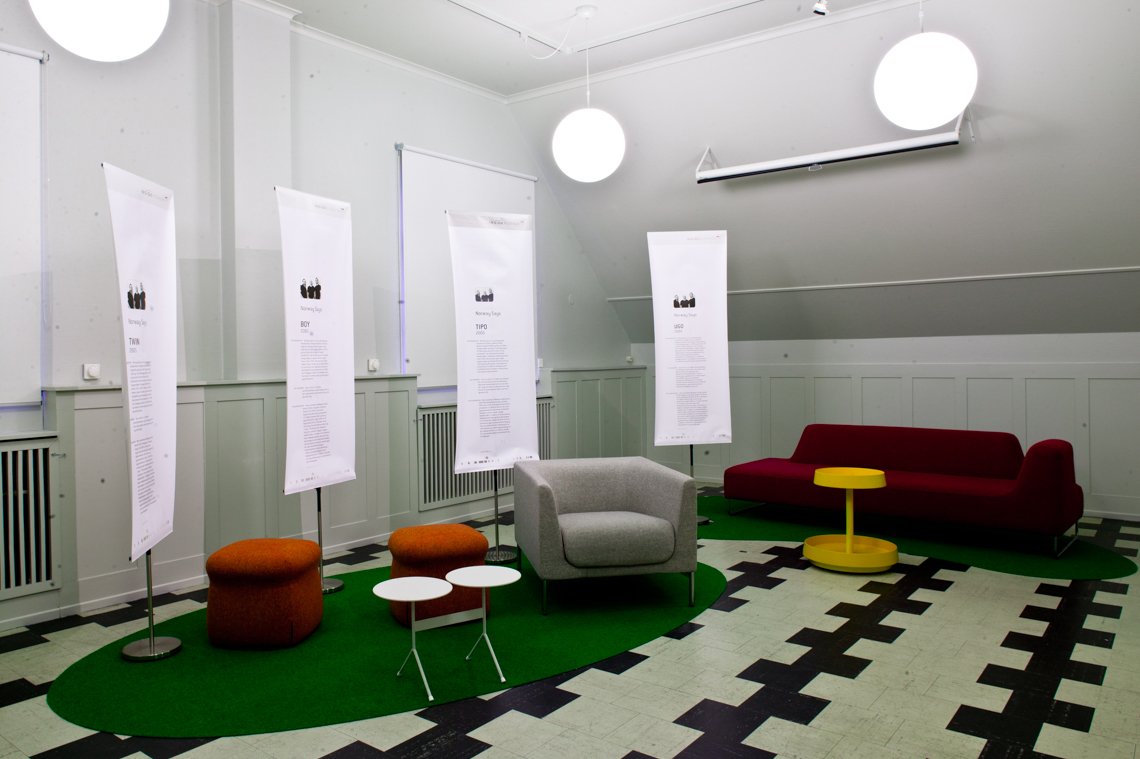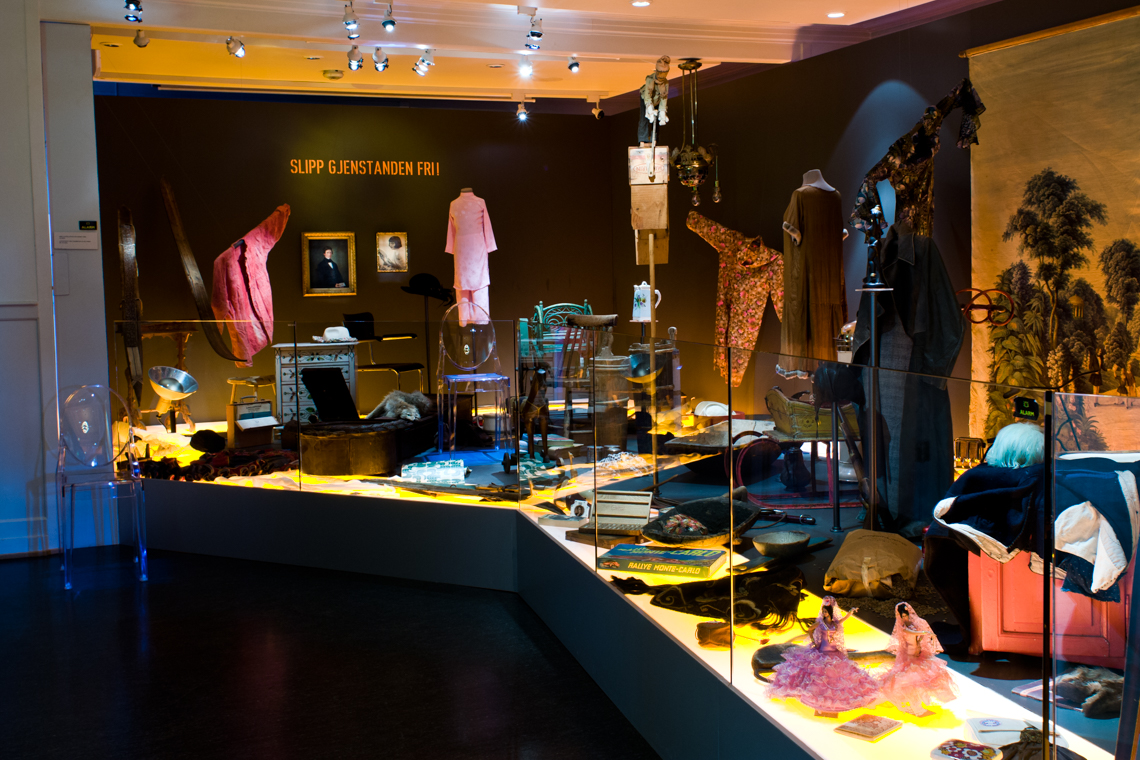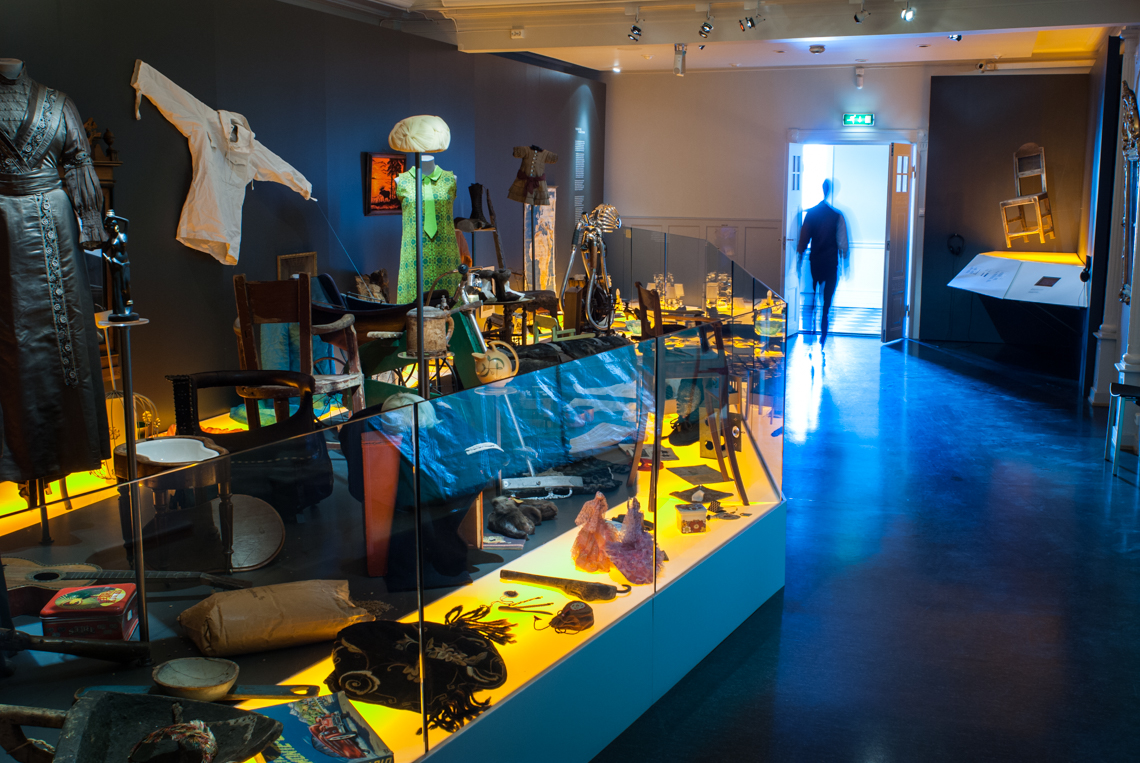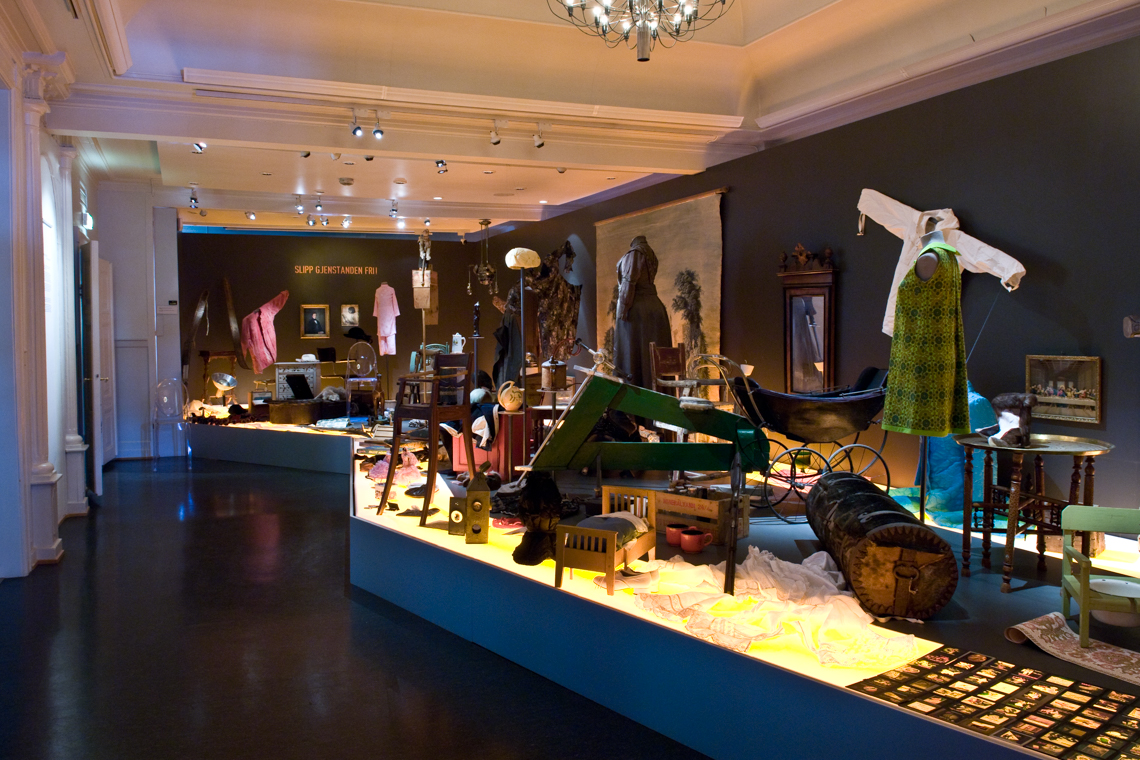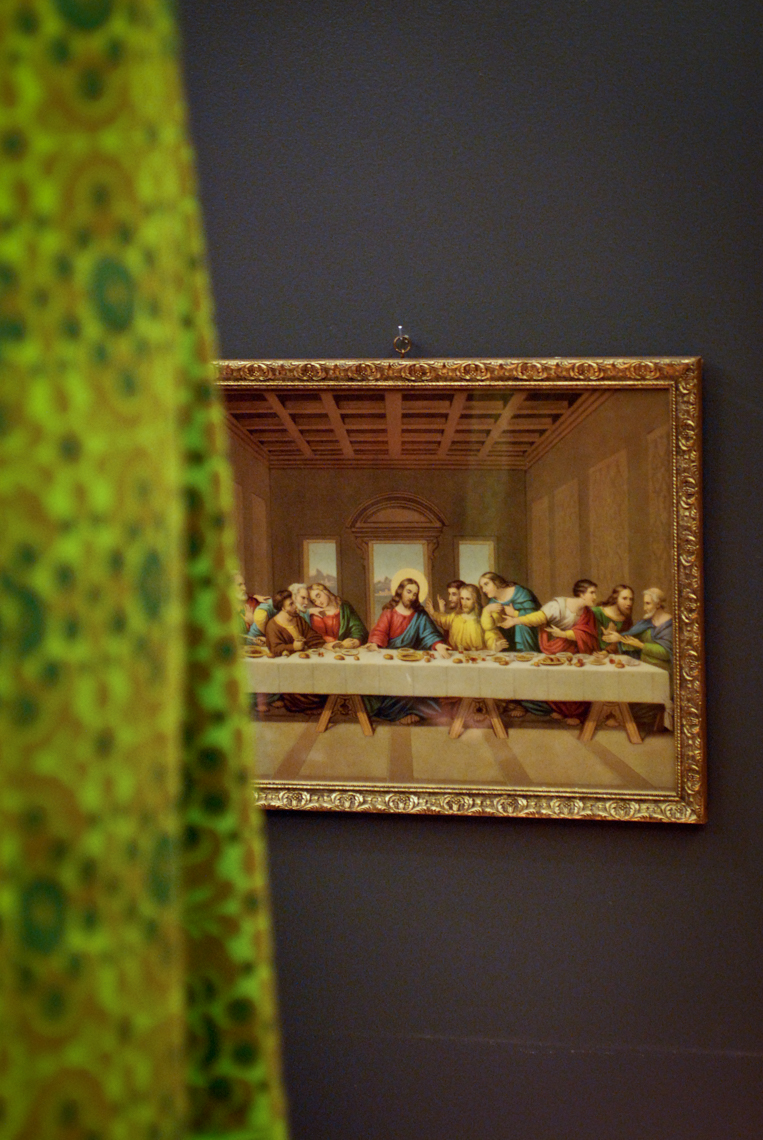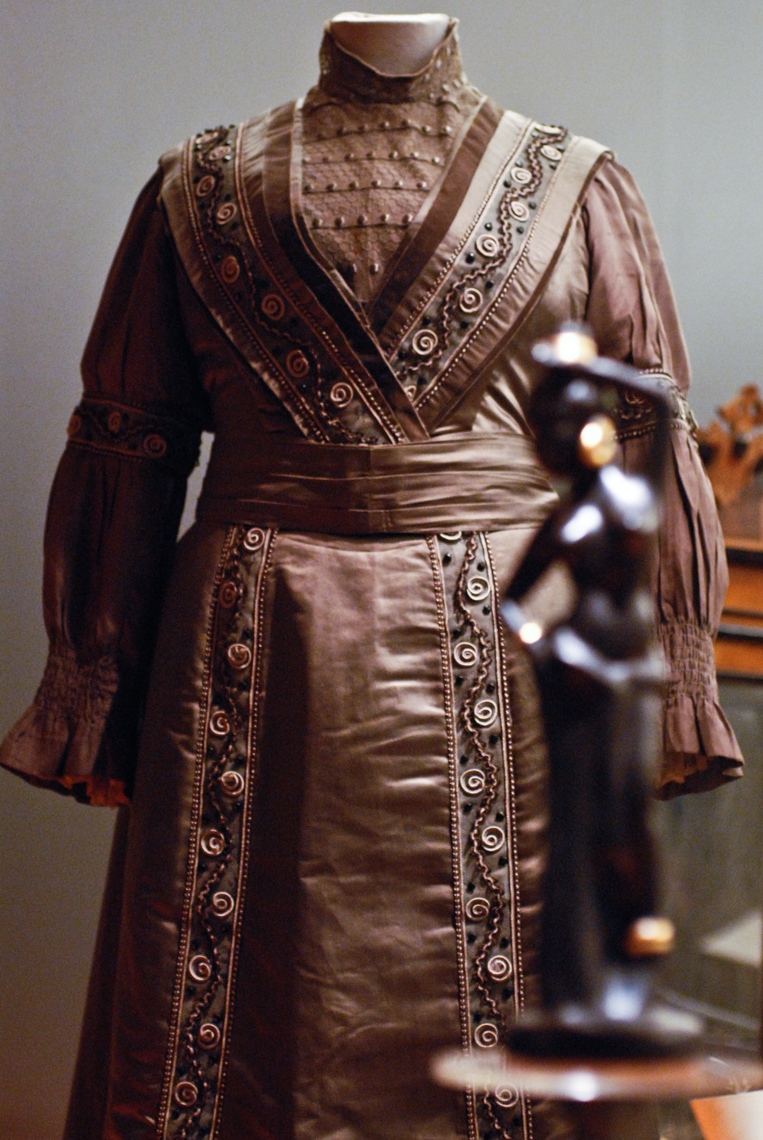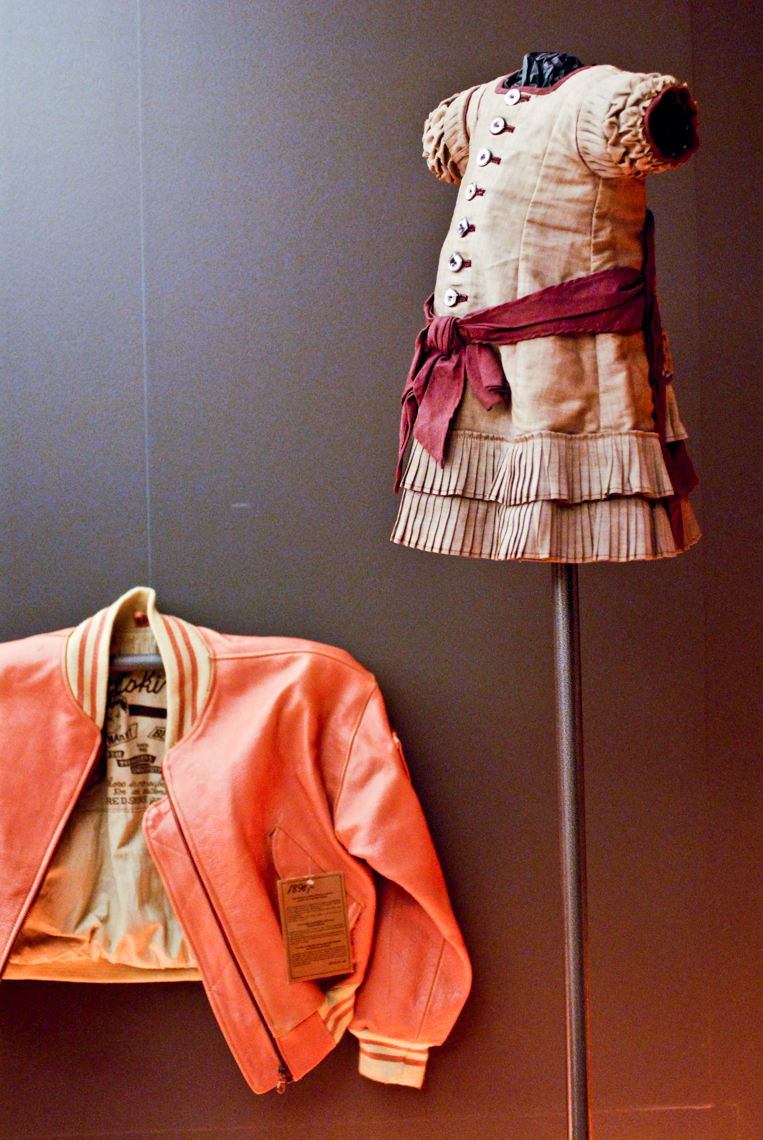– Though we weren’t taught anything about it at school – I did know that Arabs were living in our country before we established our state. At 20, I remember myself repeating (while having dinner in my father’s “Arab house” in Baq’a) the common narrative, saying it’s a pity they lost their houses, but we had no choice.
Years later, I spent several years working at B’Tselem, an Israeli human rights organization, documenting violations of human rights of Palestinians in the territories occupied by Israel in 1967. This work exposed me to knowledge about the conflict and its history that had never gotten through to me before. I understood that many of the residents of the territories, who suffer today the restrictions imposed by Israel’s military rule, lost their entire world in 1948; that the Palestinians in Lebanon are not just another ethnic group in that divided northern country, but refugees who had lived here, where I live, until the Israeli triumph in the War of 1948; that Lifta is not just a picturesque ruin from a bygone age, or an “deserted Arab village”, but a home recently taken from people, from families, from children.
Noga Kadman, Jerusalem, Israel
The Arab-Israeli War in 1948 resulted in the establishment of the modern state of Israel and the start of another series of wars and conflicts in the Middle East. That year, more than 400 Palestinian villages and 11 towns were almost emptied of Arab-Palestinian inhabitants, during what, in Arabic, is called ‘al-Nakba’, The Catastrophe. The modern Hebrew name for it means the War of Freedom. The majority of Palestinians became refugees, a status they still have 70 years later.
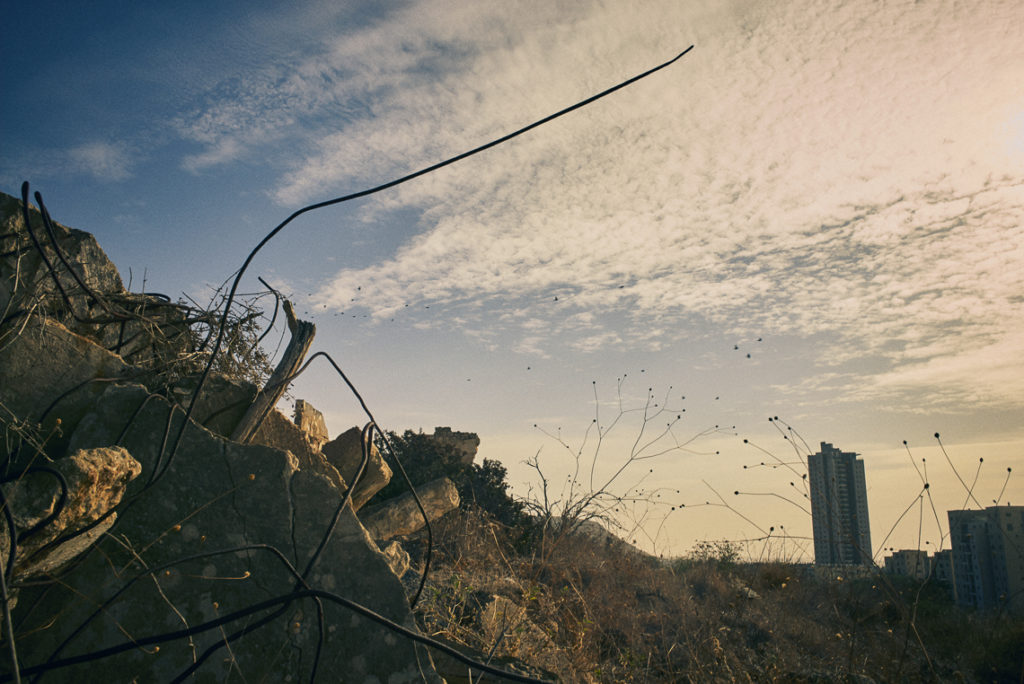
To recognize that the current state of Israel has largely developed on the ruins of Palestinian towns and villages, can be said to be a basic premise for a constructive dialogue between the parties. The pre-World War II Palestinian structures are visible today as overgrown ruins, well hidden amongst deserted olive groves and fig trees, cactus hedges and fast-growing plants. Since 2015, the photographer Eivind H. Natvig has worked systematically to uncover remains of former Palestinian villages that are slowly but surely being built on or covered with vegetation. In his project, he aims to document a larger number of the Palestinian villages, despite the fact that place names have changed, maps are re-written, and traces of what used to exist are becoming increasingly difficult to uncover.
Natvig worked regularly in Israel and Palestine from 1994 to 2004. When violence erupted again in 2002, he spent many months at the front lines of the conflict, in the West Bank and Gaza. After the funeral of Yasir Arafat in 2004, he became fed up with political rhetoric, hate and polarization and realized he needed a break. 11 years passed before he returned to an area he thought he knew well. In October 2015 his project was to document a small number of pre-1948 Palestinian villages. This was for an exhibition organized in connection with the European Photo Exhibition Award (EPEA), on the theme of forced migration. On this trip, while visiting these villages, he realized that in an area which initially looked like green groves, another reality lay hidden – if one looked more closely.
With a pictorial language bordering between documentary and poetry, Eivind H. Natvig has looked more closely at what used to exist there, with the aim of giving it meaning and emphasis in our own times.

The exhibition is supported by The Fritt Ord Foundation, and produced by Perspektivet Museum and photographer Eivind H. Natvig/INSTITUTE

